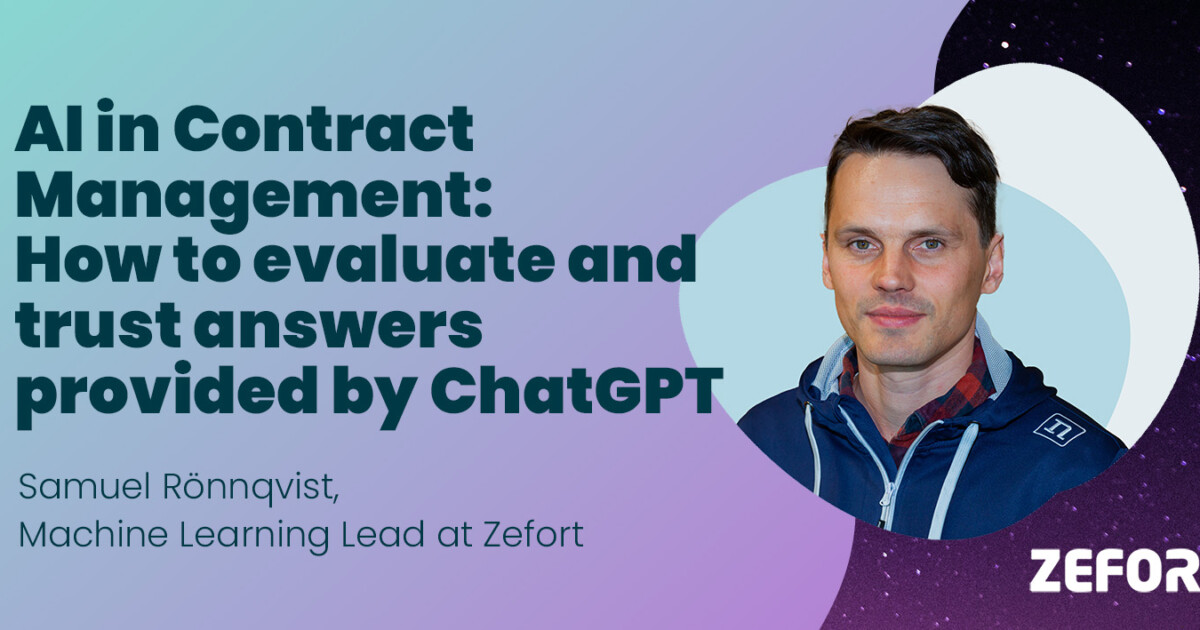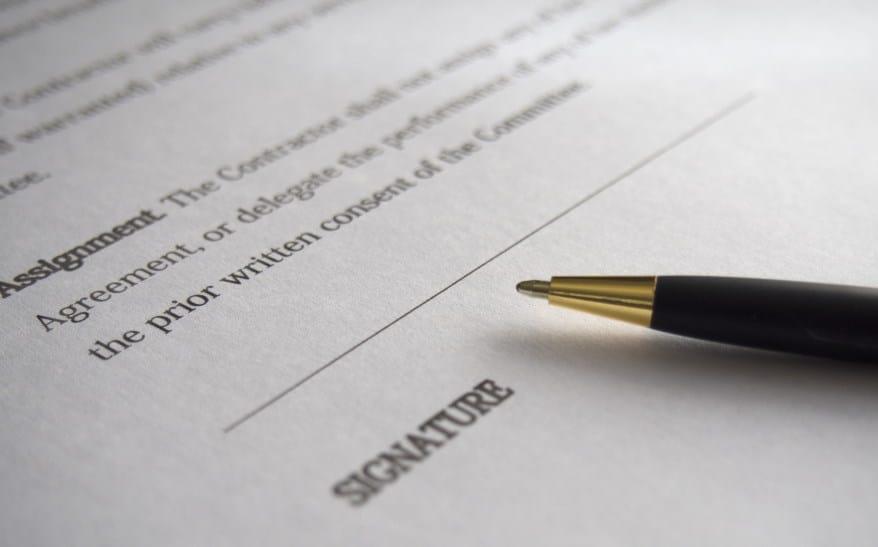How can AI help in M&A contract review?
Mergers and acquisitions typically involve a substantial amount of due diligence by the buyer side. Before closing the deal, the buyer should have a good understanding of what it is buying – including the nature and extent of the target company’s liabilities, problematic contracts, litigation risks, and intellectual property issues, and much more.
One of the most time-consuming (but critical) components of a due diligence inquiry is the review of all material contracts and commitments of the target company.
One of the most time-consuming (but critical) components of a due diligence inquiry is the review of all material contracts and commitments of the target company. It is not only the customer and supplier contracts that need to be reviewed. The full list is quite exhausting: Employment agreements, Indemnification agreements, Agreements of partnership or joint venture, License agreements, Non-Disclosure agreements to name a few.
DD contract review typically focuses on identifying the following:
- Legal risks associated with acquisition, such as nonassignment and change-of-control provisions in the contracts that may impact the closing of the transaction;
- Transaction risks contained within the contracts, such as important company contracts that may not be transferable to the purchaser or that require notice to be transferred; and
- High-level business risks associated with the transaction, such as noncompetes and other contractual restrictions or covenants that may pose a risk to the acquirer or diminish the value of the acquired business.
The contract review is a task where artificial intelligence can significantly facilitate and speed up the process. Outsourcing this task fully to computers is still not a valid option, but the Pareto rule applies: AI-based solution can take care of roughly 80% of the time consuming routine tasks and M&A professionals can concentrate on work that really needs specific expertise.
The contract review is a task where artificial intelligence can significantly facilitate and speed up the process.
How in practice can AI help in M&A contract review? Let’s have a look at Zefort’s solution: First of all, it offers a centralized database where all contracts can be stored (where is the AI in this – you may think…). We all know that hardest task is the data entry. How to get the contracts in the system tagged with relevant metadata? This is where the AI comes in the picture. Zefort’s AI-process reads the contract (in almost any format such as scanned pdf, saved pdf, word document), indexes each word of the contract for future searches and most importantly, picks up all relevant metadata of the contract.
After this step, the M&A team has all contracts in centralized database. The team can now filter the contact base using the metadata field or alternatively utilize the powerful search functionality to find contracts containing (or not containing) specific words or sentences.
And what metadata that AI can extract from the contract? This is something that can be fine-tuned in each project, but in general, the list is following:
- contract type (customer contract, employment agreements, NDA etc.)
- contract parties
- effective dates
- signatories
- governing law
- assignment clause
- transfer clause
- liability gap
DD process is an excellent candidate for AI. Human expertise is still needed, but AI-assisted preprocessing of the contract base can give significant cost and time savings in M&A project.





